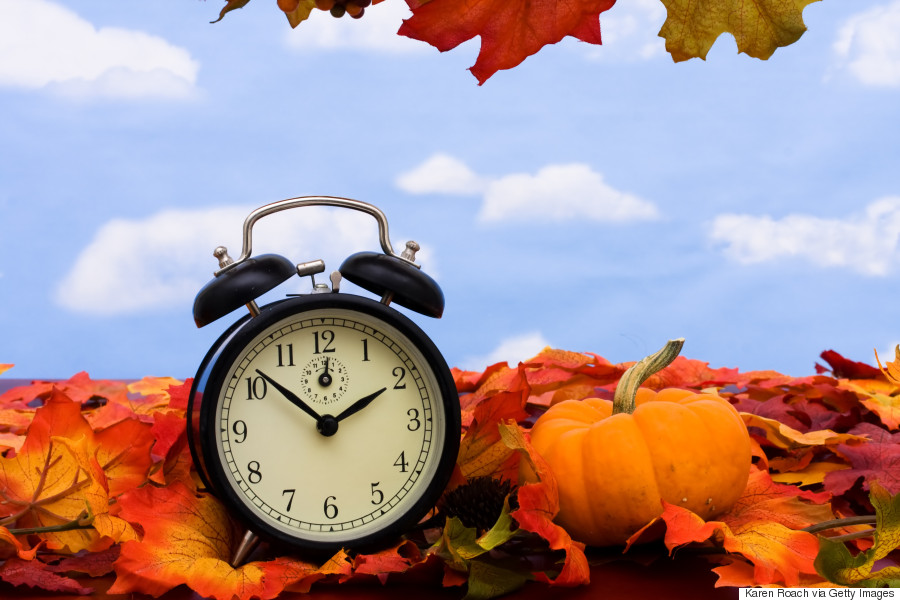 Imagine this: you wake up and your hand automatically reaches towards your alarm clock to snooze it. Suddenly, you realize that your alarm clock isn’t going off. You actually woke up an hour early!
Imagine this: you wake up and your hand automatically reaches towards your alarm clock to snooze it. Suddenly, you realize that your alarm clock isn’t going off. You actually woke up an hour early!
Sound familiar? This year, fall Daylight Saving Time (DST) occurred on November 5th. At 2 am, most of North America and Europe “fell back” one hour, ending spring Daylight Saving Time.
Do you have trouble remembering whether you’re supposed to turn your clock an hour later or an hour earlier? A neat trick to remembering is that during spring, you “spring” forward an hour and in fall, you “fall” back an hour.
The History of Daylight Saving
William Willett, a British builder who enjoyed the outdoors, observed that most people were wasting a good part of the day sleeping when the sun was shining, especially during summer months. In 1907, Willett circulated the idea of changing the clocks every spring and resetting it in the Fall.
While Willett's idea was ridiculed in the beginning, it was adopted in Europe and America in 1917. World War I was raging and DST helped conserve fuel and keep factories that produced wartime machinery open for a longer time. However, when the war came to an end, so did DST in some cities.
When it was discovered that on a bus traveling from West Virginia to Ohio, passengers had to endure seven time changes, the U.S. government decided to adopt a DST standard. The Uniform Time Act went into effect in April 1966. Today, about 70 countries around the world observe Daylight Saving Time.
Daylight Saving Time may seem confusing at first, but what is not confusing is the extra hour of sleep you will get every first Sunday of November when Daylight Saving Time ends!








